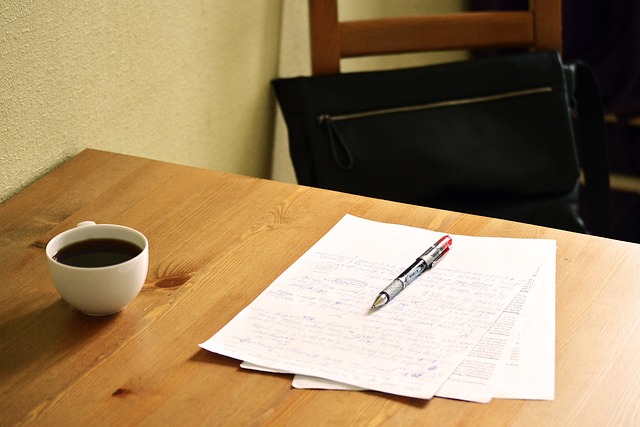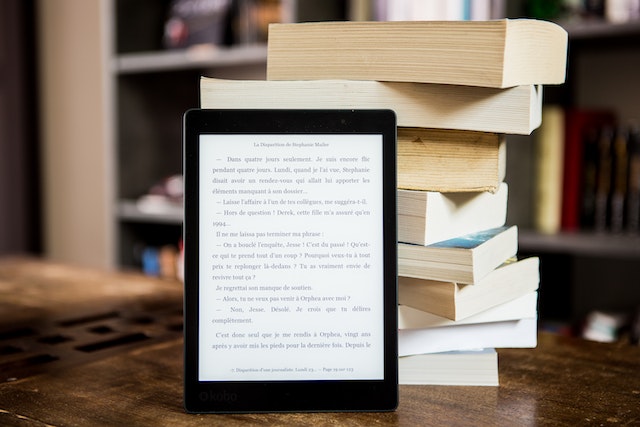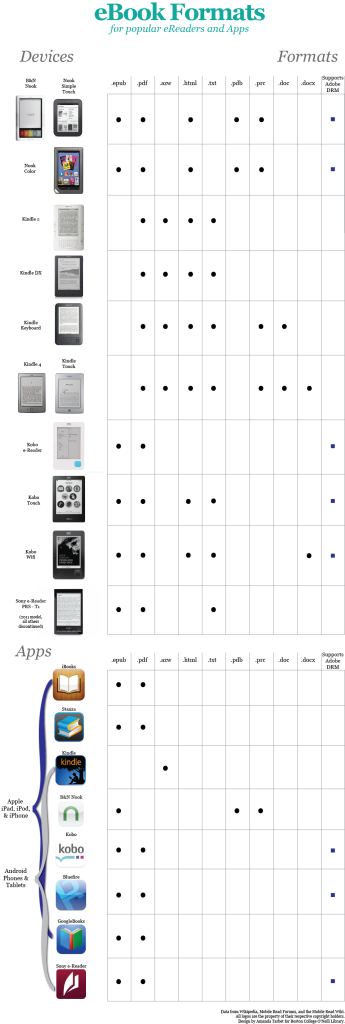Proofreading is the less glamorous part yet an integral part of the writing process. All good writers take proofreading as a serious part of the job as it works as a quality control. For those who see proofreading as a peripheral job and skip the process fall prey to typographical errors and other mistakes in their scholarly texts and undermines the rest of their work. There is no formal ultimate proofreading checklist– however following areas are mandatory for prudent proofreading.
It is to be ensured that the Headlines are catchy enough to drive the readers to go through the copy. The tone of the copy should draw attention of more readers. It is important that the tone to be chosen from among serious, friendly, and neutral- and thereafter it is important that the proof-reader stick on the tone. For that, revise if required. A good copy should be easy to read, hence denouncing long sentences and complexity is advisable for constructions. Coherency is an important attribute for any good copy- the essay should flow at every level: from sentence to sentence; idea to idea; paragraph to paragraph- constituent parts of an essay must bind together in a logical fashion maintaining the flow. Consistency is also to be kept in mind and while proofreading, if one finds connections between ideas are missing, ensure the same is added to the text to make sure the text remains well structured. Grammatical mistakes are common and can happen to anyone. Avoid mistakes in grammar and elimination of unnecessary adjectives and adverbs, ideally one should seek help from Grammarly or similar specially designed resources. It is also to be ensured that the font styles and sizes are consistent as that makes the presentation tidy and presentable.
A person in the publishing profession doesn’t need to read a whole book to gauge whether the book shall attract the readers, whether the writer has expressed himself to the fullest and what are the limitations of the book. Based on this reading, they decide whether publishing the book shall be fruitful. For crossing this unknown road successfully, editing, and proofreading checklist saves from run-over and holds the hand to make the author reach the desired destination.
While doing a self-edit, one should never mix up writing with editing. This is because writing comes superfluously while editing need eyes of perfectionist. There is every chance of disruption in writing flow and compromises if the two are done simultaneously. Once one starts the self- edit, he must ensure the main characters have been introduced early. The readers should understand the goals, strengths, and weaknesses of the characters in the book. The irrelevant parts of the writing which don’t go with the flow of the story are to be discarded- rework on parts which seemed rushed and trim the parts which drag the story. The writing should be in such a way the structure works and there are no gaps and inconsistencies in the story. If necessary, conduct further research to strengthen the plot. Avoid unnecessary elaboration of the introduction of the story or the chapters as that may bore the readers. There is no need to mention every action of the characters in each scene- it a reader is glued; he shall remember the details by himself. Avoid using cliché phrases, over-use of words and passive voice. Instead, focus on making the reader participate in the writing though his imaginations. Do a final run-through to ensure each word is strong to the extent possible. Read your book aloud to spot sentences that are confusing, too long, or poorly constructed. Look for typographical errors, grammatical errors, and inconsistencies. Fix punctuation errors.
If it is not a self-editing but editing someone else’s work, it is important not to incorporate any changes unless you have read the entire manuscript thoroughly. Anticipate how changes in one element or scene or plot thread will change elements and scenes and plot threads later in the story. And if finally you are bringing in changes, make sure changes—both items added in and items taken out—are carried through the story. It is also very important for the editor to be flexible- realizing that one story or one writer’s style may require an approach different from any you’ve undertaken before. Hence never be strict and fix to a checklist which shall be for one and all- as each story has its own needs.
Everyone has a story to tell- hence everyone can write a book. However, at the end of the day, it is the objective for writing and the determination to write drives a person to write a book. Setting up a space where you are at your creative best is important to write a book. Another important aspect is setting a time to write- and this time must be carved out from the daily routine jobs only. Once you are set for writing, think of what you shall love to write about and decide what you want to write about, how important it is to write on, who are the potential readers and whether you shall be able to carry out the idea successfully till the end of the book. Start the book with a big, captivating idea, and subsequently break the big idea into manageable pieces. While writing, try to create at least one unforgettable character and emphasis shall be there on conflict and tension in your writing to the extent the story permits. Keep sharing your writings with someone who can give you honest feedback. Keep writing even if the writing is messy and whilst you write, do not think of editing as that would disrupt the flow. Only when your writing is near completion, start revising the writing. Check for grammar and spelling. Thereafter decide on the publishing route you want to take- the traditional publishing or self-publishing.
Consistency is extremely important in any book as inconsistency confuses the readers. A fear always remains that the writer may lose consistency in the flow of writing-hence it is better to be conscious from the initial start of writing itself. Consistency helps to improve the content, feeding creativity, generating ideas, and building an audience or an author platform. And this can be achieved if there is consistency in characterization which shall help in creating character sketches, consistent in terms of names, places, and terminology and by keeping the fixed rules of the world we live in. Like, sun rises in the east- this cannot change in the book you are writing.
Accuracy is an important aspect of writing, especially when one is writing about factual or based on real-life events. While some degree of artistic license is expected in fiction writing, it’s still important one does his research and subsequently ensure that the details in your book are as accurate as possible. Inaccuracies can be distracting to readers and can take them out of the story. They can also be seen as disrespectful or offensive, particularly when writing about sensitive topics like historical events or cultures that are not your own. Additionally, inaccuracies can harm your credibility as a writer. It is also important to recognize that you may not be able to get everything 100% accurate, especially if you’re writing about something outside of your own personal experience or expertise. In these cases, it’s a good idea to consult with experts, do as much research as possible, and be transparent with your readers about any areas where you may have taken some creative liberties.
















